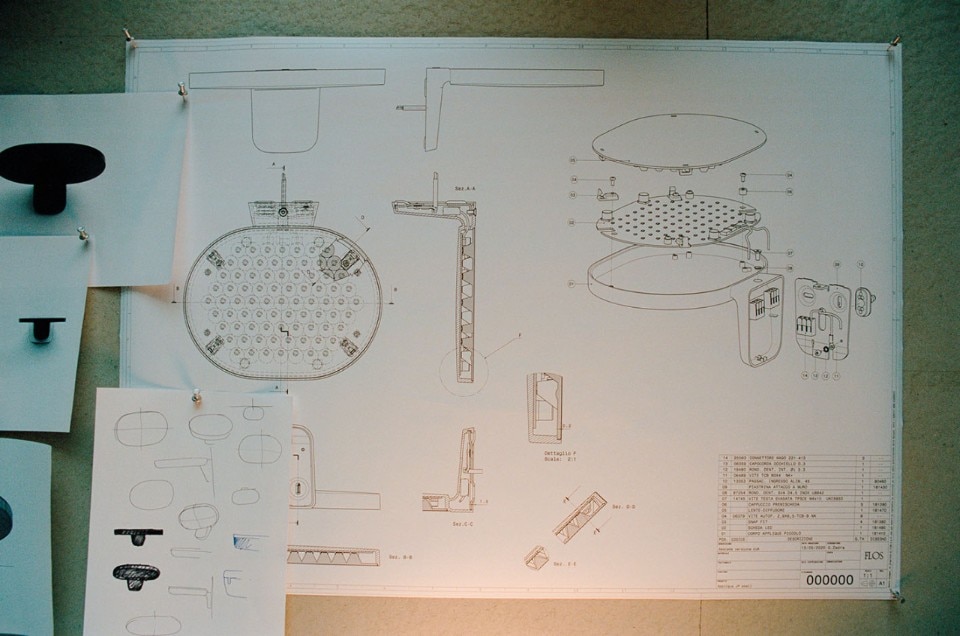How do you find Milano?
Silent. I just landed, but it feels that bar attenders are more lively than usual, maybe to compensate the lack of the usual noise.
You participated to the Salone for decades: how do you feel by coming back after a two-years pause?
This is probably my 40th Salone. I’ve been coming since 1979 so I was surprised with these two years off to notice how much I missed Milan and the Salone. It’s a sort of marking point: you have this one event which really defines what everybody has been doing. Sets a new direction, so I’m really pleased of being back.
What happened in these two-years of standby?
Well, we had many less projects than we would normally have – which was nice – and it was good to have some really solid projects like the Oplight for Flos, which we began just before the lockdowns and all the trouble. It was so important to have some projects in order to feel that the job was still active: without that we would have just said “ok, we’re retired now”. We managed to keep at least one person in the office the whole time, so the studio was always going. There were many good things, like my Domus writing with Francesca Picchi – it would have been very hard to do that in a normal situation, it really kept me interested and occupied. I spent much more time with books and research, a resetting.
In this period we saw the design world calling ever more for “radical changes” and at the same time a need to rediscover the past, in an attempt to find refuge in this safety nest of what’s been done already. Where do you position yourself at the moment, between the two?
I always paid a lot of attention to the past. Even as a student I used to make some extra money by selling books of art and design. A very important part of my education was learning about the masters of the past or subjects of the past. For example, once I came across a bookshop that had a really nice English edition of Franco Albini and at that time I had absolutely no idea of who he was. There were about 30 copies at fifty pence each, we are talking about 1987 or 1988, and I bought ten copies for my dealership, but it was hard for me to sell them so kept most of them. That book was a fantastic discovery for me, as I could see that my sensibility on design was already present in that book and it was “proved” by a great master. It reassured me that I could keep on following my own design path. You know, when I started my career in England design was a really unknown profession. Of course there were designers, but the general public didn’t know what it was, and it gave me an insecure feeling. Finding a book like Franco Albini’s was fundamental to give me the confidence to continue.
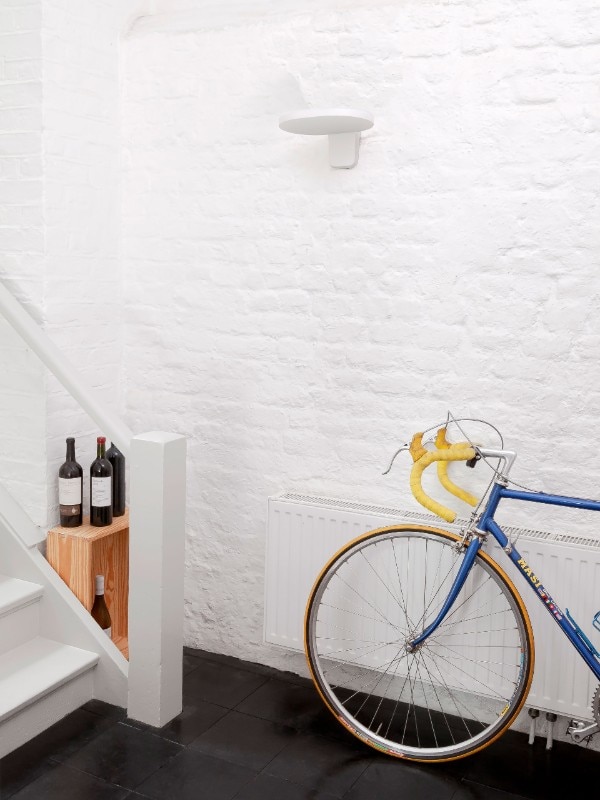
An eureka that opened unexpected doors.
Yes! My first Eureka was an exhibition on Eileen Gray in 1978/1979. That was a really powerful moment for me, seeing the things she had done and understanding deeply what she was trying to do. It was very encouraging.
The British design scenario has evolved radically since you started.
It has improved a lot, certainly through museums, publications, magazines, the V&A, the Design Museum, the old-days Blueprint. And then a load of foreign magazines, Domus for example. Today people are more aware of design, and of architecture too.
Do you feel you have a role in this?
Not too much. I think I’m not very well-known in England. It never happened that someone would come across and say “you are Jasper Morrison!”, never. (laughing)
Which is good.
Which is nice, yes, comfortable. The English are not a very visual culture, which is a bit sad, I find a lack of visual sensibility. When I come to Milano I see how cleverly the shop signs are set back, you look down the street and you have the same view as how it was meant to be when it was built. In England you see these horrible shops and signs sticking out and you are unaware of what’s behind them. A really big difference. They never realized they were making a mistake. All the provincial towns had a middle so-called marketplace replaced by shopping centers, and a one-way system for the traffic which effectively destroyed the heart of the cities in one go.
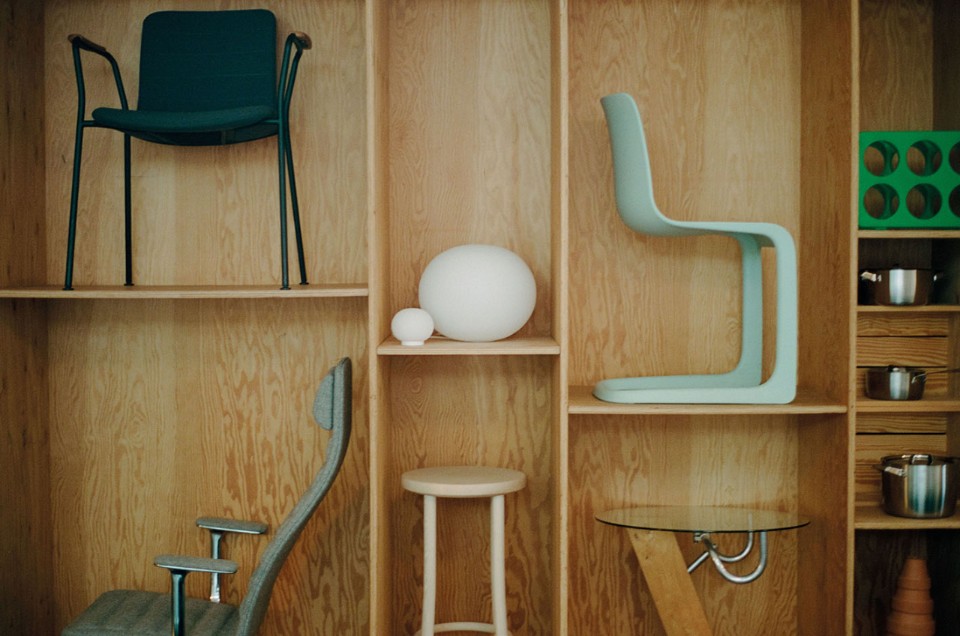
You are here to present the Oplight for Flos: what is the story behind it?
It was a nice project, one of those everyday objects which don’t get noticed much. The unglamourous end of the lighting world: the wall lamp. It used to be so unglamourous that once Piero Gandini (former CEO of Flos, ed.) replied to me “we don’t do wall-lights with Flos”. The brief was really open except for the fact that it had to have a flat LED panel. With this in mind I went over all the wall lights I had seen or noticed or memorized throughout the years. All these memories formed a general impression of what a wall-light is and with that impression I tried to extract a summary of a shape with a modern expression. The fact that you have the dish that holds the light and the support fixed on the wall is a very traditional detail that recalls the 1920s or 30s. You often have big holes on the walls that you want to cover.
Unpredictable memories come up by looking at things. As a designer you need to plan that into your objects...
The shape arrived pretty quickly: obviously it didn’t have to stick out too much, but considering that architectural lighting tends to be often too minimal and too edged I wanted to avoid that and make something more soft. Then there has been a dense exchange between us and the Flos technical department, a lot of good things came out of that conversation. They were very brave, travelling during the pandemic: those were the only meetings we had in the past 18 months, those with the Flos technical department! Coming to the upper cover of the lamp, it was raised on top in order to be able to see it, with a very detailed engineering of both the cover and LED lights, so to have a uniform effect on the wall. Every single LED has its own tiny reflector, so to direct properly the light to the wall as I didn’t want the light to be angled down throwing invading the room. For the same reason we also created a refracting detail in the cover to change the angle of the light.
How do you envision a lamp in its whole, in a holistic way that keeps everything together, without isolating every single step (light source, lampshade, shape and colour, light temperature, etc)?
It’s not just the obvious things like the function and the shape that you have to keep in mind, but things like the atmospheric effect, the memory you get from seeing it, both emotional, nostalgic and partly futuristic. What does it give to the room? What does it give to you? You have to ask yourself all these questions that you can break down from your own experience of looking at an object in a room, for example when you are waiting for someone and you stare at a light or a chair, and you start thinking “why did they do that? It reminds me of a Casino in Las Vegas in the 1970s…”. Unpredictable memories come up by looking at things. As a designer you need to plan that into your objects so that the emotions and the atmosphere that the product gives are positive and good. A good object is not just about function and shape but it’s about all these other things that are less easy to highlight, but that are very important.
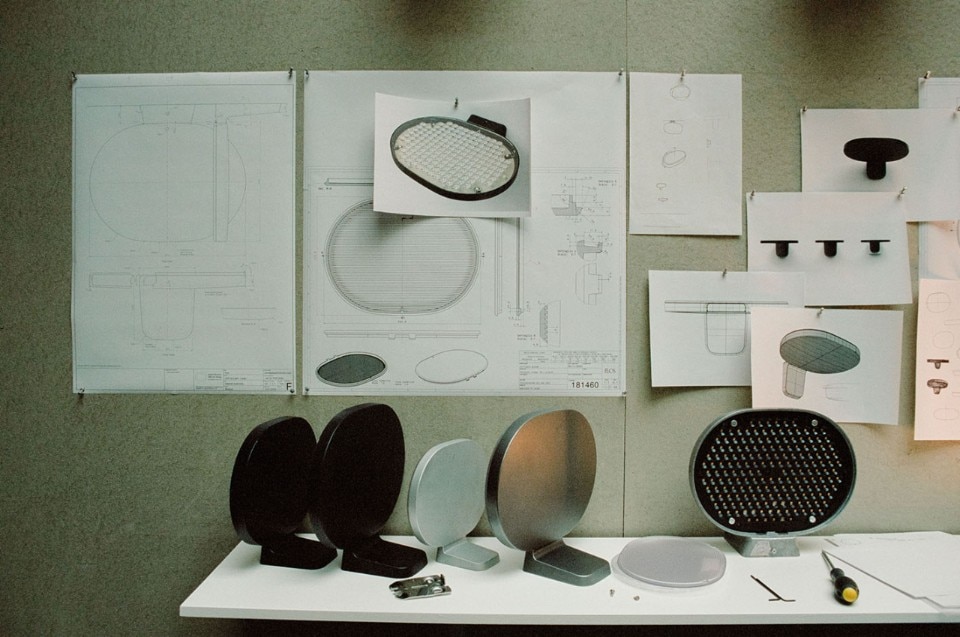
I suppose this meditative synthesis on what the real sense of an object should be comes quite easy after all these years of designing.
It’s very instinctive. If you take the work of the masters, you see it was always there. An Albini light carries all those things in it. It makes the job of designing so much more interesting than just drawing a shape and giving it to the engineer.
Is your design influenced by a hypothetical final user you have in mind? Who is the final user of your lamps?
The user is me. I have to satisfy my own needs and hope they will be shared by other people. I think you can’t do it any other way, really. If you design aiming at other people you won’t get a true result: it would be forced or unnatural. Another thing is that now we see this new product finished, here on the walls of the showroom, but we need to observe what it really does after you have fixed it in your house and seen it over and over for a year, or possibly more. Then you start to feel if you did a good job or if it could have been better. Citing Enzo Mari: 40 years for historical relevance, one year for practical relevance.
You have theorized Super Normal design, where anonymous or everyday objects show their functional, emotional and aesthetical “powers” through time and use: how do you, instead, relate to art design and functional art?
Well I think is a very separate activity. Probably I spent too many years doing it the traditional way to migrate into that, and maybe there is not enough interest, but it’s distinctly different. It has different goals, the target is the collector and not the average individual, and that’s a different path. Art design allows you to do things in a freer way and it can be interesting to find new languages or materials, it’s really about exploring new territories and new possibilities. But probably not for me, so I’m happy to stay on my path.


-.jpg.foto.rbig.png)

-.jpg.foto.rmedium.png)
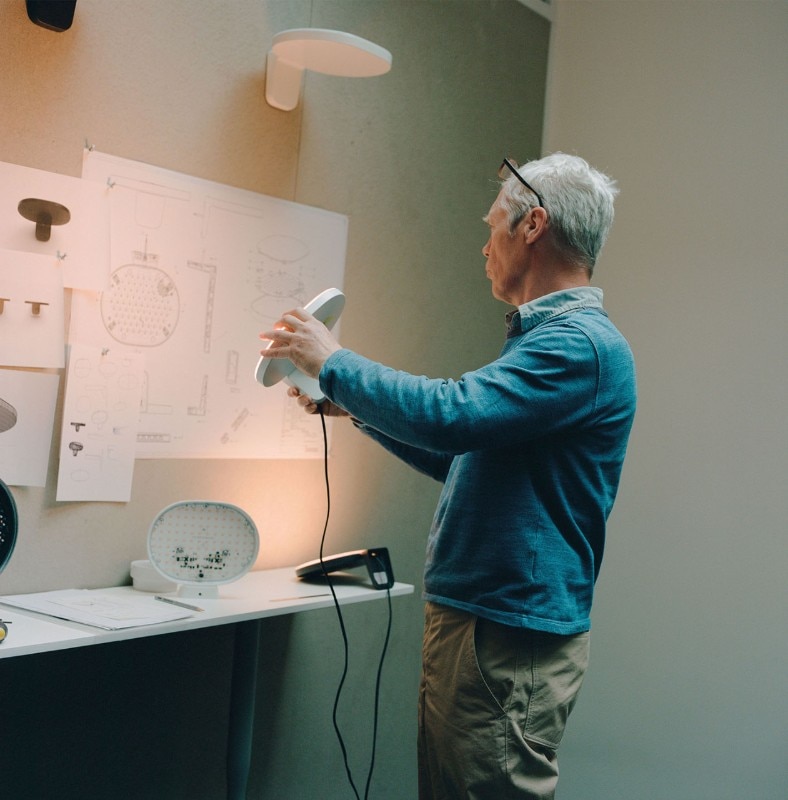
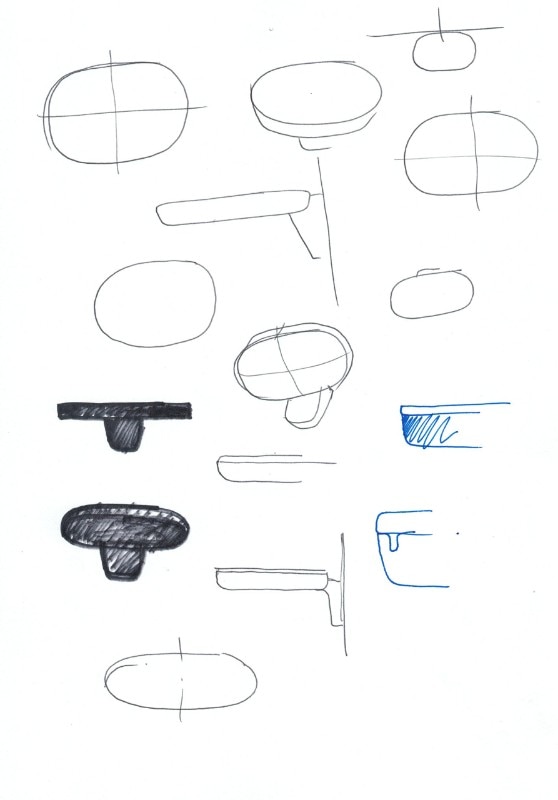
%20.jpg.foto.rmedium.png)
%20N.jpg.foto.rmedium.png)
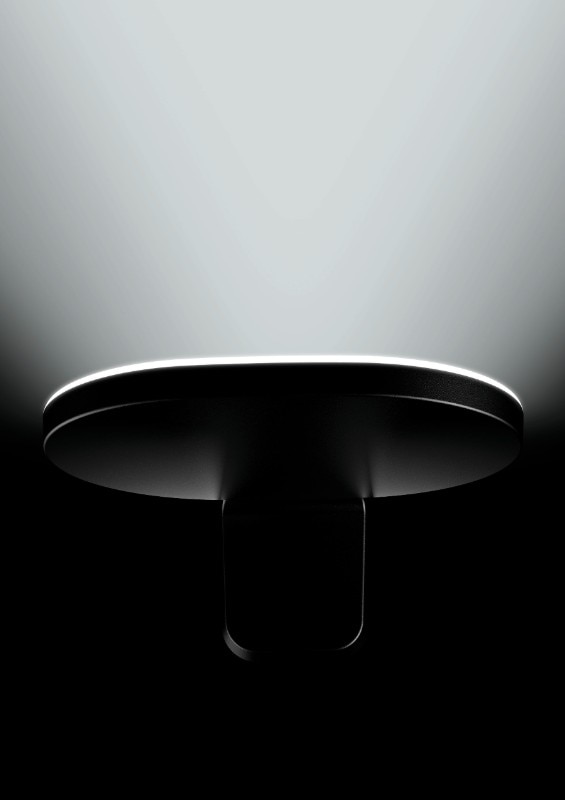
.jpg.foto.rmedium.png)
-.jpg.foto.rmedium.png)
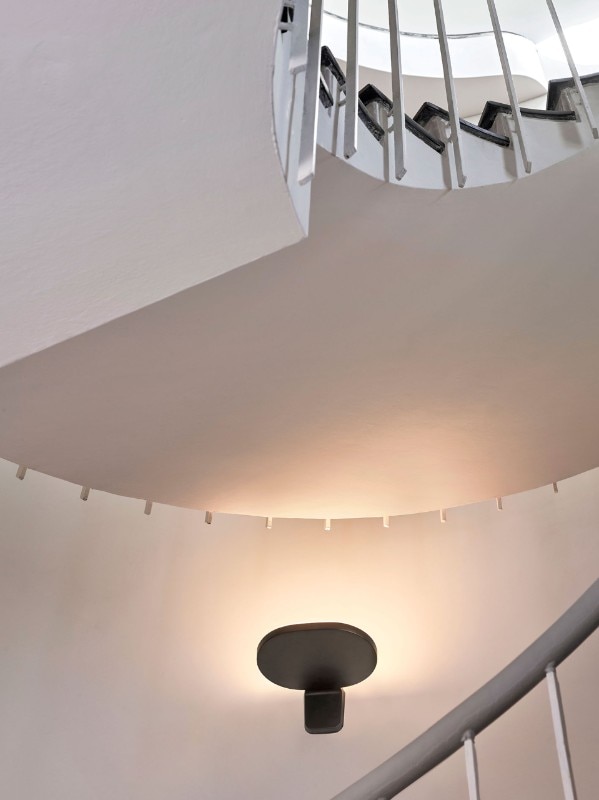
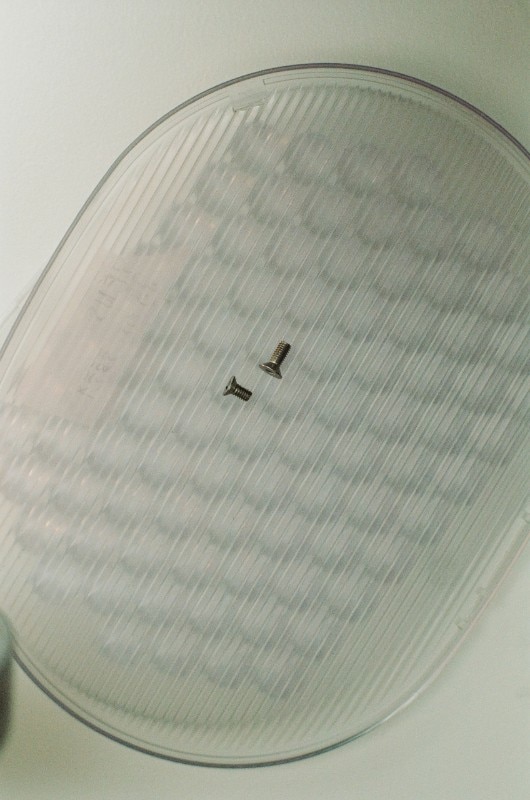
-.jpg.foto.rmedium.png)
